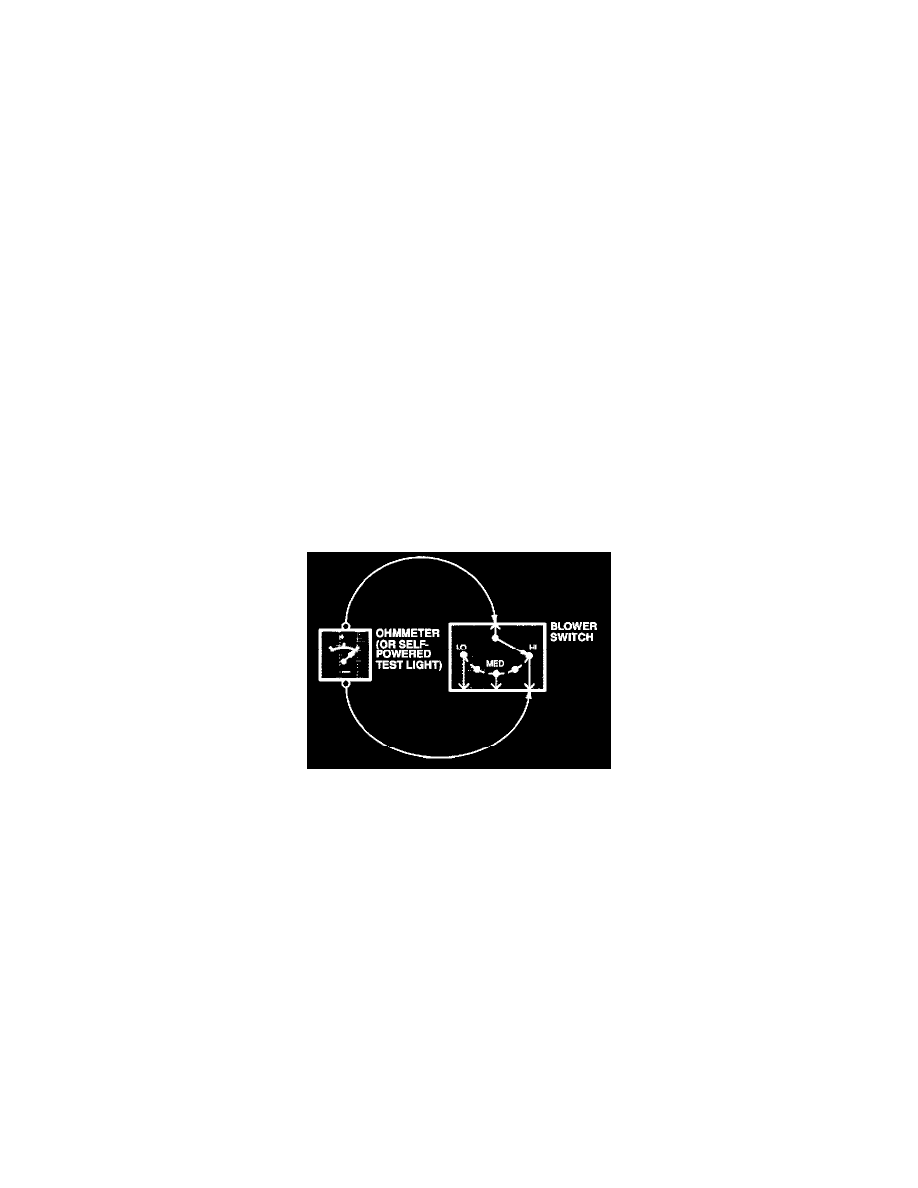Sportage 2WD 4Dr L4-2.0L (2000)

Vehicle Speed Sensor: Diagnostic Aids
Five-Step Troubleshooting
1. Verify the Problem
Turn ON all the components in the problem circuit to check the accuracy of the customer complaint. NOTE the symptoms. Do not begin
disassembly or testing until you have narrowed down the problem area.
2. Analyze the Circuit Schematic
Look up the schematic for the problem circuit. Determine how the circuit is supposed to work by tracing the current paths from the power source
through the circuit components to ground. Also, trace circuits that share wiring with the problem circuit. The names of circuits or components that
share the same fuse, ground, or switch, and so on, are referred to in each circuit schematic. Try to operate any shared circuits you didn't check in
step 1. If the shared circuits work, the shared wiring is OK, and the cause must be in the wiring used only by the problem circuit. If several circuits
fail at the same time, the fuse or ground is a likely cause.
Based on the symptoms and your understanding of the circuit's operation, identify one or more possible causes.
3. Find the Cause
Make circuit tests to check the diagnosis you made in step 2. Keep in mind that a logical, simple procedure is the key to efficient troubleshooting.
Test for the most likely cause of failure first. Try to make tests at points that are easily accessible.
4. Repair the Problem
Once the specific problem is identified, make the repair. Be sure to use proper tools and safe procedures.
5. Check the Repair
Turn ON all components in the repaired circuit in all modes to make sure you've fixed the entire problem. If the problem was an open fuse, be sure
to test all of the circuits on that fuse. Make sure no new problems turn up and the original problem does not recur.
How to Check For Continuity
This test checks for continuity within a circuit. When testing for continuity at a connector, you may not have to separate the two halves of the connector.
Instead, probe the connector from the back. Always check both sides of the connector because dirt and corrosion between contact surfaces can cause
electrical problems.
1. Disconnect the negative cable from the vehicle battery.
2. If you are using an ohmmeter, hold the leads together and adjust the ohmmeter to read zero ohms.
3. Connect one lead of a self-powered test light or ohmmeter to one end of the circuit you wish to test.
4. Connect the other lead to the other end.
5. If the self-powered test light glows, there is continuity. If you are using an ohmmeter, low or no resistance means good continuity.
Testing For A Short to GND With Test Light or Ohmmeter
